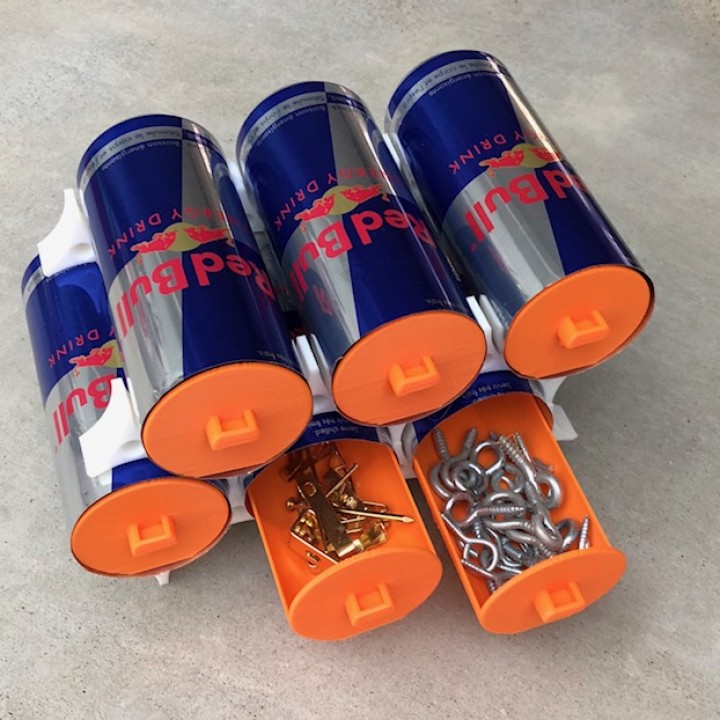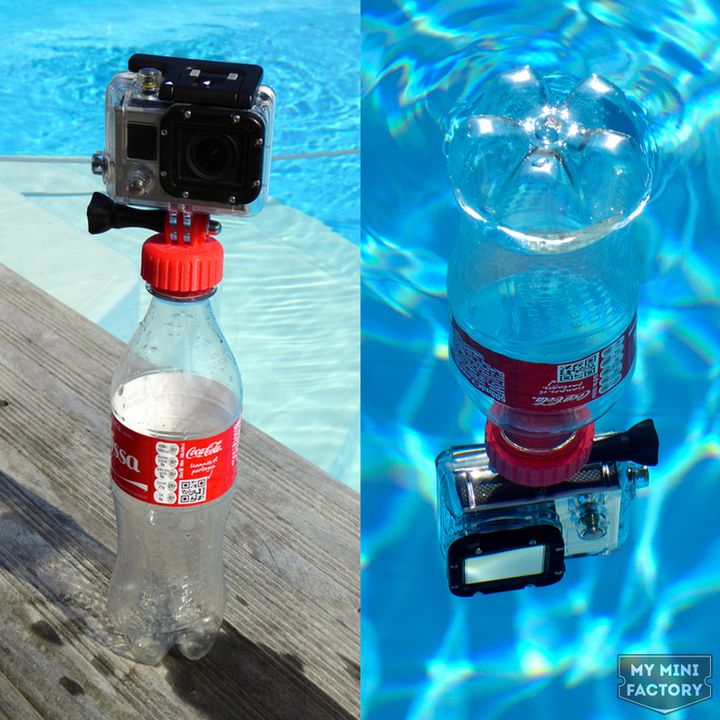Just to be perfectly clear: from a pure art perspective, I think readymades were a horrible mistake, a distraction, a wrong turn. Duchamp’s Fountain was not one to throw coins into or walk lovingly by. However, as a signal flare to humanity, sent up more than a 100 years ago, I think that readymades still have much to teach us.

Found objects are bound to resonate in a world stuffed to the brink with things. We suffocate in our materialism and take our lives and turn them into stuff we own. We’ve seen previously that we are creating this world where things are made to fail and, perhaps through Kintsugi, we can repair it with flair. But, what if we could go further still? What if we sated our core desires to be interesting and to create by creating a sustainable way to prolong the life of things?
We’d need for people to be less materialistic of course. Tiny houses and more experienced, focused young people are encouraging signs. There is a heartfelt movement toward change and sustainability and a deep-seated knowledge that the world needs to be and can be different. Bizarre global trends in beading, scrapbooking and adult coloring books also show us that there is still a strong wish by many to be creative, but perhaps in new, less risky ways. Your oil painting may be derided, but your scrapbook is both easier to do and a less risky way to be creative. What if we, therefore, see kintsugi as just the beginning.

If we can encourage more people to use 3D printing to repair things in a flamboyant way to show their history, then we can go further still later on. Upcycling is already a craft that precious few people practice. If, in a creative way, repurposing and reusing existing objects became more prevalent, we could not only extend the life of the coffee machine, but entirely repurpose it as well. At the same time, vintage clothing is a very popular pastime that extends the life and value of clothing that would otherwise be thrown away. What if we could upcycle used things and 3D printing—make this a creative process that is fun to do and, at the same time, make it trendy? What if a portion of us didn’t spend precious weekends coloring, but instead making 3D printed add-ons for existing things?

The first element that would be important is to use things that have reached the end of their usable life. If an object can be given away or sold to someone who can more appreciate its charms, then this would be much more efficient. But, if a break in one part should preclude this, then we should simply 3D print a spare. We should ideally make this in a Kintsugi-like way, celebrating the object, its scars and past. Know that this would not be sufficient, should we consider making a readymade. If the thing is beyond repair through 3D printing spares and no one conceivable would want it, then we should enter into a process to ready-make the thing. 
Many places already run repair cafes where nerds are on standby to fix your item. This would be similar, but you would be the one doing the work. That way we nerds would feel a little bit less like zoo animals with soldering irons. You’d also participate in repurposing your item. You could either turn it, en masse, into mass-upcycled things. An example of this was the trend of turning CDs into hanging ornaments or the mass effort to find fun uses for VHS tapes.

What could also be done is to find a unique or unique-to-you way of repurposing your thing for your future use. Applying your creativity, you can have a make-and-craft hobby that would get you kudos from friends and show that you’re Tesla/Prius-serious about the environment and creative to boot. Rather than be boastful of the thing you’ve made, you’d show off your post-material morally superior existence, as well as your Mother Earth-given creative chops. If we can pitch this right, this can go down like shade-grown oat lattes, people.
Now, I know what you’re thinking, this may very well work, but everything will look terrible. On the one hand, we must anticipate this to a certain extent, if we let everyone be creative, the world will look like MySpace. On the other hand, each ugly object saves a pretty tree.
There are already some really interesting trends going on. Rotterdam-based studio the New Raw is making beautiful things with recycling polymers. Many designers are looking at upcycling and recycling objects due to their guilt of making new things for a stuff-filled world. It is the right time to collaborate with designers in order to have them explore paths to upcycled 3D printed goods. But more important is the inspiration that we must generate in order to get a generation of people to use 3D printing to, in a creative and fun way, repurpose meaningful old items.

One of my favorite 3D printed upcycled things is the jam Jar handle that turns your own Bonne Maman jam jars into mugs. That’s one item I’ve personally used for years. But we must also realize that there is real potential in the technology that we discard every day. We all have drawers full of old mobile phones and cables and these things can be mere ornaments or be very functional. With the addition of a printed object, for example, an old phone can become your new alarm clock.
I’m not sure if the Red Bull cans at the top of this article would make the best storage items or if two pounds of virgin plastic would be a good use to upcycle one glass lightbulb, as we can also see above. The Nutella wineglass is funny, but will it be used often? A GoPro floater is certainly not an essential item, but, there, already we can see a new unmet functionality emerge. Below that, an E-Concertina made from Birkenstocks and keys, is crazy and a steampunky upcycled thing that’s very creative indeed. The Rebar joining system below is very inspiring to me. Even though they’re very similar to Minale Maeda’s connectors for Droog from years ago, this one small, 3D printed part could lead to a lot of people using discarded rebar to make furniture. On the one hand, we’d use some old rebar but we would also not need to buy new furniture.
To me, we’ve painted ourselves into a corner by using up too much of our world too quickly and getting addicted to the destructive process. Through kintsugi and by making our own readymades, we could begin to offset some of the harm in a new creative way. Rather than destroying through recreational shopping, we could reduce harm through our own readymades.
Subscribe to Our Email Newsletter
Stay up-to-date on all the latest news from the 3D printing industry and receive information and offers from third party vendors.
You May Also Like
Precision at the Microscale: UK Researchers Advance Medical Devices with BMF’s 3D Printing Tech
University of Nottingham researchers are using Boston Micro Fabrication‘s (BMF) 3D printing technology to develop medical devices that improve compatibility with human tissue. Funded by a UK grant, this project...
3D Printing Webinar and Event Roundup: April 21, 2024
It’s another busy week of webinars and events, starting with Hannover Messe in Germany and continuing with Metalcasting Congress, Chinaplas, TechBlick’s Innovation Festival, and more. Stratasys continues its advanced training...
3D Printing Webinar and Event Roundup: March 17, 2024
It’s another busy week of webinars and events, including SALMED 2024 and AM Forum in Berlin. Stratasys continues its in-person training and is offering two webinars, ASTM is holding a...
3D Printed Micro Antenna is 15% Smaller and 6X Lighter
Horizon Microtechnologies has achieved success in creating a high-frequency D-Band horn antenna through micro 3D printing. However, this achievement did not rely solely on 3D printing; it involved a combination...





























